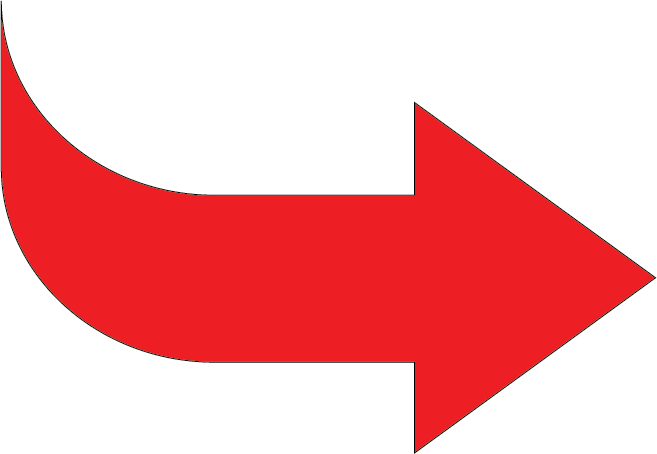By decreasing the size of products and making no changes to the price, companies look to not only maintain but increase their profits.
According to the United States Bureau of Labor Statistics, the execution of decreasing product size due to higher production costs has been in practice since at least the early 1950’s.
But, since 2015, there have been about 716 different reports of changes to the size of paper products alone and 509 reports of changes to the size of snack products.
One of the reasons companies use shrinkflation rather than simply increasing their prices is the fact that it is discrete. Most consumers are more likely to notice an increase in price than a small change in size, hence why most companies lean toward this strategy.
“I’ve seen shrinkflation in the bottles of Gatorade changing shape over time,” junior Rowan Aldredge said. “I’ve seen it in Reese’s peanut butter cups.”
Business Insider recently wrote about different brands who have seen a decrease in product size which included Dorritos who decreased their 9.75oz chip bag to 9.25oz, Gatorade who shrunk their bottles from 32oz to 28oz and even Walmart Great Value Paper Towels which went from 168 sheets to 120 sheets.
After the supply chain issues caused by the COVID-19 pandemic, many companies had to pay more for what they needed to produce their products.
According to business teacher Mike Feliciani, anytime a business is being affected by inflation, they must respond by either increasing the cost of their products or cutting the cost to make those products.
For some consumers though, it seems to them as companies are taking advantage of the situation.
“It’s a manufacturer scam,” Franconia Township resident Dana Davis said. “They produce a product which is less than what you bought before, package it so it seems the same and you pay the same amount of money for less product.”
Junior Brian Kelley said that he believes supply chain issues are a legitimate reason, but believes two years after there were major issues globally, that today it might not have the same effect on companies shrinking their products as before.
Consumers soon must answer on how they want to react to shrinkflation. Accept it and continue to pay more, look for alternative products or protest it.
According to social studies teacher David Klein, how individual consumers respond to shrinkflation is based on how important different products are to them and “where they draw that line.”
“On an individual level, people that are aware of their finances will start to make choices to avoid certain things and then the supply will start to pile up,” Feliciani said. “They’re going to have to respond by lowering prices to increase sales.”
From a business standpoint, the global grocery store chain Carrefour is refusing to sell Pepsico products such as Pepsi, Lays Potato Chips and Quaker Oats in France, Belgium, Italy and Spain in hopes of convincing them to lower their prices and return the size of their products.
Such strategies are the way consumers and small businesses can combat shrinkflation and protect their own wallets.







